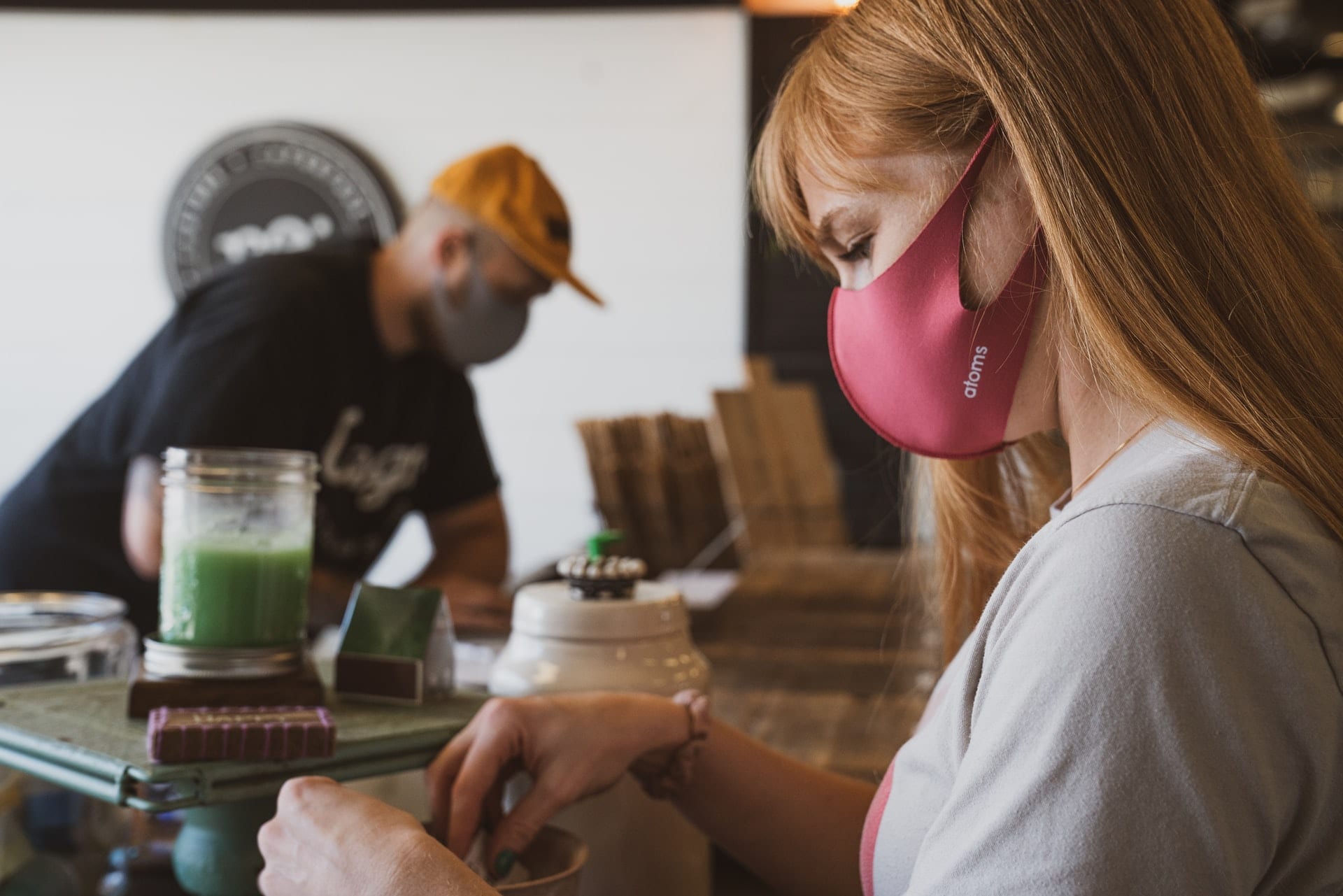Art fairs are the carnivals of the art world - a place where artists, collectors, enthusiasts, and casual observers come together to celebrate creativity, critique craftsmanship, and potentially make career-defining deals.
Whether you are an emerging artist eager to make your mark or a seasoned exhibitor looking to refresh your approach, standing out in the bustling lanes of an art fair is an art in itself.
Curate Your Display With Care
Do
Curate a cohesive collection. Your booth is your gallery, your stage, your pitch. Select pieces that speak to one another, creating a narrative or a thematic consistency that can draw people in.

Siu / Unsplash / A well-thought-out display tells a story. It invites the viewer to step into your world. So, curate a cohesive display of collections.
Don't
Overcrowd your space. It is tempting to show everything you have ever created, but less is often more. An overcrowded booth can overwhelm visitors, making it hard for individual pieces to stand out. Aim for a balanced, airy setup that allows each work to breathe and be appreciated on its own merits.
Engage With Your Audience
Do
Be present and approachable. A smile and an open demeanor go a long way. Be ready to share stories about your work, the process, the inspiration, and yourself. People love buying art when they feel a personal connection to the artist and the artwork.
Don't
Hide behind your phone or appear disinterested. Even if foot traffic is slow, showing engagement with your work or sketching in your booth can intrigue passersby. Your passion is contagious. Let it spread!
Offer a Range of Price Points
Do
Cater to a broad audience by offering works at various price points. Not everyone can afford a large-scale painting, but they might be tempted by a smaller print or a sketch. This strategy not only increases your chances of making sales. But also builds your base of collectors.

Mali / Pexels / Offer multifarious price points. But do not compromise on the value of your art collections.
Don't
Compromise your value. While it is good to have accessible options, ensure that your pricing reflects the time, effort, and cost of materials that went into your work. Underpricing can undermine your art’s perceived value and, by extension, your reputation as an artist.
Make Your Booth Visually Striking
Do
Design a booth that stands out. Use lighting creatively, play with different levels and textures, and consider the flow of traffic. Your booth should be inviting and memorable, a visual anchor for attendees navigating the fair.
Don't
Resort to gimmicks that overshadow your art. While it is important to be eye-catching, ensure that any design elements or promotional tactics you employ genuinely complement your work and do not distract from it.
Network
Do
Take advantage of the opportunity to meet other artists, gallery owners, and collectors. Art fairs are not just about selling. They are about building relationships. Exchange business cards, follow up with new contacts after the fair, and support your fellow exhibitors by promoting each other’s work.

Craig / Pexels / Sure! You can go ahead and connect with like-minded folks - but do not be overly pushy.
Don't
Be overly pushy or self-promotional. Networking is a two-way street. Show genuine interest in others’ work and think about how you can offer value to them, whether through collaboration, referrals or simply by sharing knowledge and experiences.
Utilize Social Media
Do
Leverage social media to build buzz around your participation in the fair. Share behind-the-scenes content, sneak peeks of your work, and live updates during the event. Use the fair’s hashtags to increase visibility and encourage your followers to visit your booth.
Don’t
Neglect your online presence in the lead-up to and during the fair. A strong digital footprint can significantly amplify your physical presence at the event. It draws in attendees who might have otherwise passed by your booth.




